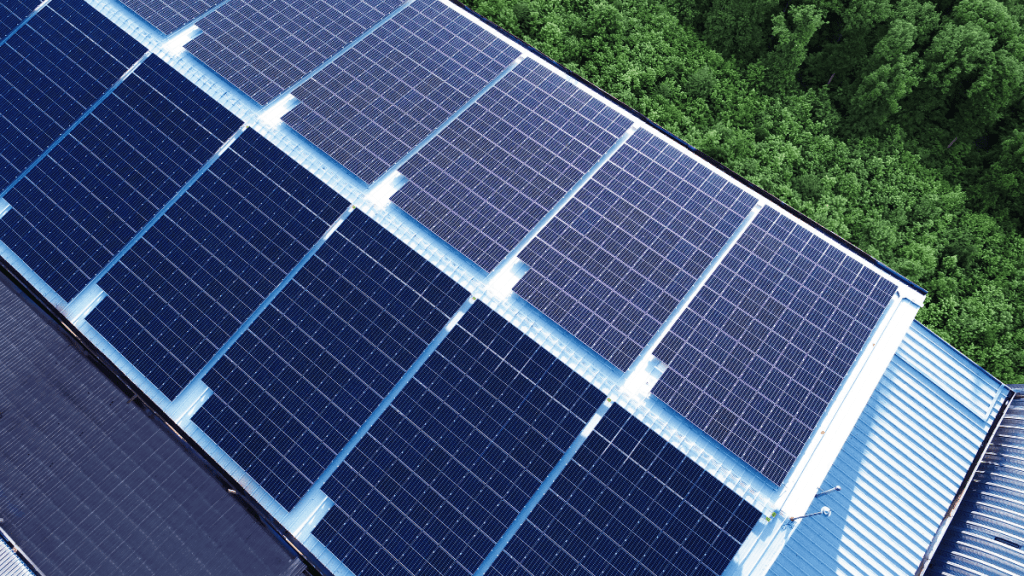
India’s rooftop solar market is experiencing a major shift as it becomes a critical part of the country’s clean energy journey. The market is projected to grow at an impressive compound annual growth rate (CAGR) of 33% between FY25 and FY27. During this period, the total rooftop solar capacity is expected to increase from 17 GW to approximately 30 GW. This significant growth is being driven by rising electricity prices, policy support from both central and state governments, and growing awareness about sustainability, especially among commercial and industrial consumers.
One of the key highlights of India’s rooftop solar journey is the increasing role of the Commercial and Industrial (C&I) segment, which currently dominates the market with a 66% share. Many businesses are turning to solar energy as a way to reduce operating costs and meet their environmental, social, and governance (ESG) goals. Industries such as textiles, pharmaceuticals, retail, and data centers are especially proactive in adopting rooftop solar solutions. Short payback periods ranging between 3 to 5 years, lower module costs, and the availability of innovative financing options have made rooftop solar an attractive option for these sectors.

At the same time, the residential sector is gaining momentum, thanks in large part to supportive government schemes. One such initiative is the PM Surya Ghar: Muft Bijli Yojana, which aims to bring rooftop solar to one crore households. The program offers subsidies of up to ₹78,000 to encourage adoption, especially among low- and middle-income households. As of March 10, 2025, the scheme had already helped install rooftop systems in 10 lakh homes. The initiative is not only helping reduce electricity bills for families but is also expected to generate about 17 lakh jobs, further strengthening the solar energy ecosystem in the country.
The state-level landscape reveals that Gujarat and Maharashtra are leading the way in rooftop solar installations. Gujarat accounts for around 41% of the total installed capacity, thanks to its proactive “Surya Gujarat” program and strong support from the state’s DISCOMs. Maharashtra follows with 23%, largely due to growing demand from small and medium-sized businesses and urban commercial hubs. Other promising states include Rajasthan, Tamil Nadu, Karnataka, Uttar Pradesh, and Bihar. These states are benefitting from factors such as abundant sunlight, supportive policies, and increasing public awareness about solar energy benefits.
The importance of rooftop solar is also seen in its role within India’s larger energy landscape. Although utility-scale solar still represents the bulk of solar energy generation, rooftop solar now makes up about 20% of the total solar mix. Its distributed nature and ability to directly benefit end-users make it a vital piece of India’s energy transition.
As per CareEdge Advisory, rooftop solar in India is moving beyond just industrial setups and into homes and smaller commercial establishments. The combined effect of falling solar technology costs, government incentives, and increased participation by the public and private sectors is laying the foundation for steady and inclusive growth. According to Tanvi Shah, Director at CareEdge Advisory & Research, rooftop solar installations have picked up speed, and with the strong demand from the C&I sector and a supportive policy framework, the market is expected to reach 25–30 GW by FY27.
Overall, rooftop solar in India is entering a transformative phase. With consistent policy support, technological advancements, and widespread interest from industries and households alike, the sector is well on its way to becoming a cornerstone of India’s renewable energy strategy.
Related
Source link



